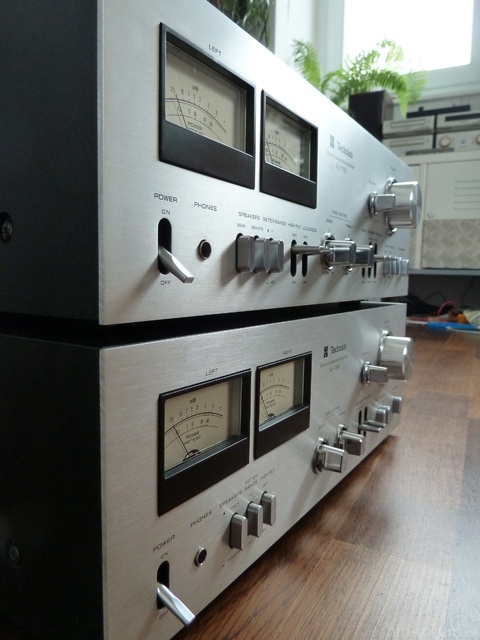The Basic Principles Of Beyond Headphones and Earbuds: Exploring the Luxury of Hi-Fi Personal Audio Devices

Demystifying Audiophile Jargon: A Beginner's Guide to Understanding High-End Audio Lingo
For those brand new to the world of high-end sound, the riches of technical phrases and phrases can easily be overwhelming. Audiophiles frequently use a foreign language all their very own, filled along with intricate slang that may appear solid to outsiders. Nevertheless, understanding this language is critical for anyone looking to navigate the world of high-quality sound recreation. In this novice's resource, we are going to decode some typical audiophile jargon and demystify the principles behind them.
1. Hi-Fi:
Short for "higher loyalty," hi-fi recommends to audio systems that target to reproduce audio as precisely as feasible. These bodies prioritize loyalty to the original audio and strive for a all-natural, true-to-life noise.
2. DAC:
DAC stands for "digital-to-analog converter." It is an necessary part in any kind of electronic sound device as it transforms electronic indicators in to analogue signs that may be enhanced and participated in with audio speakers or headphones.
3. Amp:
An amplifier, also known as an amp, improves the power of an audio sign so that it can steer audio speakers or earphones along with ample quantity and quality.
4. Transducer:
A transducer is a device that converts one kind of energy right into another. In audio units, audio speakers and headphones are transducers that transform power signals right into sound surges we can easily listen to.
5. Frequency Reaction:
Regularity action refers to the range of frequencies an audio gadget may replicate accurately. It is normally determined in Hertz (Hz). A greater frequency response signifies a much more thorough variation of frequencies can easily be replicated by the tool.
6. Resistance:
Resistance evaluates how much resistance an electrical circuit provides to varying existing (AC). In sensible conditions, it influences how easily an amplifier can easily drive a pair of headphones or audio speakers at various volumes.
7. Level of sensitivity:
Level of sensitivity procedure how effectively an audio tool changes power energy right into audio. Greater sensitivity means that the device creates louder sound along with less power input.
8. Soundstage:
Soundstage recommends to the recognized spatial area and dimensionality of audio recreation. A wide and immersive soundstage generates a sense of intensity and reality, producing it feel like the songs is coming coming from various instructions.
9. Lossless Audio:
Lossless sound refers to audio report that maintain all of the initial record throughout compression and decompression, resulting in no reduction in top quality reviewed to the source product. Prominent lossless layouts consist of FLAC (Free Lossless Audio Codec) and ALAC (Apple Lossless Audio Codec).
10. Tubes vs. Solid-State:
Pipes, also known as valves, and solid-state are two various types of amp modern technologies. Tubes are usually connected along with a cozy, vintage audio, while solid-state amps tend to possess a extra neutral and straightforward sonic personality.
11. Burn-in:
Burn-in recommends to the process of damaging in new audio devices over an prolonged time period to maximize its efficiency. Some audiophiles believe that burn-in may boost the audio premium of parts like earphones or speakers.
12. Related Source Here :
A source part is any type of device that provides the audio sign for playback, such as a Compact disc gamer, turntable, or streaming device.
13. Plastic:
Vinyl files are analogue recordings pressed onto vinyl fabric discs. Plastic fanatics commonly profess that they provide a warmer and much more real listening take in compared to digital formats.
14. Bi-wiring/Bi-amping:
Bi-wiring includes utilizing distinct cable televisions for each section of a speaker (typically woofer and tweeter) in order to minimize obstruction between them. Bi-amping takes this idea further by utilizing separate amps for each area as effectively.
15: Signal-to-Noise Ratio (SNR):
Signal-to-noise proportion step how a lot desired sign is existing contrasted to excess background noise or distortion within an audio unit. Greater SNR worths signify cleaner and even more accurate audio recreation.

Through informing yourself along with these audiophile phrases, you may much better browse the world of high-end sound and create informed decisions when it comes to creating your very own audio system. Always remember, the goal is to discover equipment that suits your individual preferences and supplies a listening take in that delivers you joy. Happy discovering!
Take note: Word matter - 573 phrases
